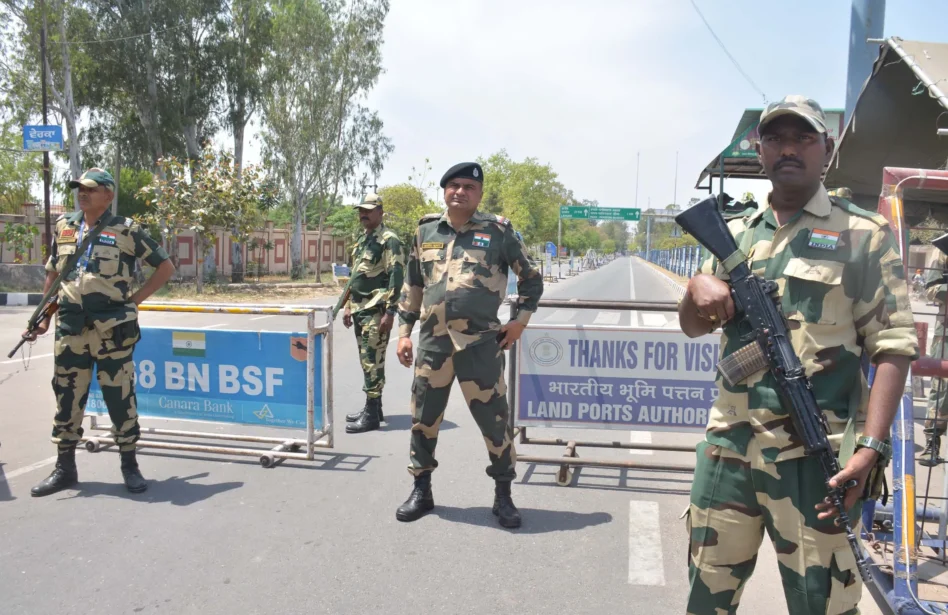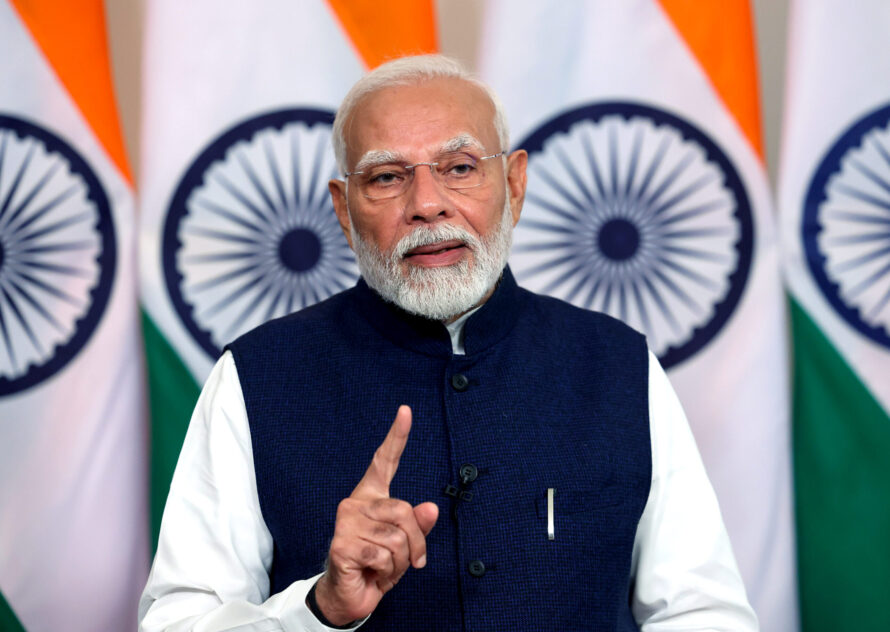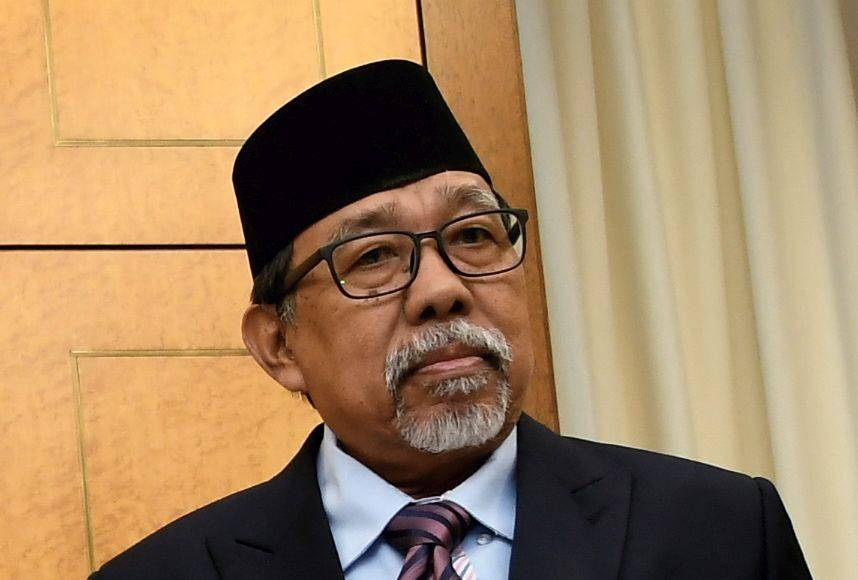ON the evening of May 10, a hush fell over the battlefield. For the first time in almost a week, the borders between India and Pakistan experienced a semblance of tranquillity, following one of the most intense and devastating confrontations in recent memory.
Operation Sindoor, India’s bold and precise military response targeting terrorist strongholds in Pakistan and Pakistan-occupied Kashmir (POK), signifies a pivotal moment in the evolving security strategy of the subcontinent.
Although hostilities have ceased, a new strategic framework for India has emerged, one that Prime Minister Narendra Modi has articulated with both clarity and decisiveness. It is imperative to formally recognise this new doctrine as the Doctrine of Sindoor.
A red line reimagined
Codenamed Operation Sindoor, which symbolically invokes the sacred red mark representing dignity and honour for Indian women, was a direct military response to the terror attack in Pahalgam on April 22.
Within a fortnight, India executed a coordinated strike on May 7, targeting locations described by PM Modi as ‘global universities of terrorism’ in Bahawalpur and Muridke.
Reports indicated that over 100 terrorists were neutralised. This led to a near-war scenario, with both nations engaged in a perilous missile and drone confrontation.
The escalation was alarming; however, the subsequent request for a ceasefire from Pakistan just 100 hours later validated India’s objective of establishing deterrence through decisive retaliation.
The three pillars of the Doctrine of Sindoor

Central to this doctrine is a transformative triad, as articulated by Prime Minister Modi and emphasised by the Indian Director General of Military Operations, which signifies a strategic evolution in India’s approach to addressing terrorism and threats sponsored by states.
Decisive retaliation at a time and place of India’s choosing
India will no longer adhere to a reactive or defensive posture. As PM Modi stated, terrorist attacks on Indian soil will invite direct action against their origins.
No longer will geography or political pressure dictate India’s hand; retaliation will be swift, coordinated, and tailored on India’s terms.
Rejecting the spectre of nuclear blackmail
The second pillar dismantles a long-standing psychological barrier the fear of Pakistan’s nuclear arsenal. India’s leadership has made it clear that nuclear threats will not deter military action against terrorist infrastructure.
This is a bold and calculated declaration, signalling India’s readiness to call Pakistan’s bluff.
Equating terrorist groups with their patron states
The third tenet of the Doctrine of Sindoor erases the artificial distinction between terrorist actors and the governments that shelter them, with Modi saying terror and state cannot be separated when states line up to bury terrorists with honours.
This perspective calls for a global re-evaluation of how Pakistan is dealt with diplomatically not as a victim of terrorism, but as its enabler.
Symbolism and strategic clarity
The designation of Operation Sindoor is imbued with intentional cultural and emotional significance.
Modi’s statement, “Terrorists erased our women’s Sindoor, we dismantled their stronghold” conveys not only a sense of retribution but also the restoration of national dignity.
It resonates with a shared historical trauma, recalling events from Pulwama to Uri, and recontextualises India’s counter-terrorism strategy in a manner that is both tactical and symbolic.
Furthermore, this operation highlighted the advancement of India’s military-industrial sector.
Modi underscored the achievements of ‘Made in India’ defence technologies, illustrating the capabilities of domestic missiles and drones.
This initiative transcends mere military pride; it represents India’s aspiration to reshape 21st-century warfare through self-sufficiency and innovation.
A diplomatic challenge for the world

In Modi’s own words: “Terror and talk cannot go together, terror and trade cannot happen together, and water and blood also cannot flow together.”
These aren’t rhetorical flourishes they form the boundaries of India’s future diplomatic engagement with Pakistan.
The message to the international community is unambiguous: India’s willingness to engage in dialogue is now strictly conditional on verifiable action against terrorism.
By declaring that any future talks will be solely about terrorism and Pakistan-occupied Kashmir, India has narrowed the field of diplomacy with a surgical precision matching its military strikes.
The new normal
The Doctrine of Sindoor transcends mere retribution; it seeks to reformulate deterrence theory within the subcontinent.
This approach advocates for a shift from a reactive to a proactive posture, transitioning from diplomatic appeals to military enforcement, and from mere symbolic outrage to tangible repercussions.
Detractors may contend that such assertiveness could exacerbate instability. However, this perspective presupposes that the existing conditions were stable from the outset.
Operation Sindoor has effectively introduced a level of unpredictability not regarding India’s vulnerabilities but concerning its responses.
For the first time in many years, the repercussions of supporting terrorism against India have escalated to a perilously high level for Pakistan.
The Doctrine of Sindoor transcends a mere military strategy; it embodies a national doctrine focused on deterrence, dignity, and decisiveness.
The effectiveness of this doctrine in preventing future attacks or instigating a fundamental change in Pakistan’s approach to terrorism is yet to be determined.
However, it is evident that a clear boundary has been established, symbolised by the colour of Sindoor. – May 15, 2025
R. Paneir Selvam is the principal consultant of Arunachala Research & Consultancy Sdn Bhd, a think tank specialising in strategic national and geopolitical matters.
The views expressed are solely of the author and do not necessarily reflect those of Focus Malaysia.
Main image: Bloomberg News









